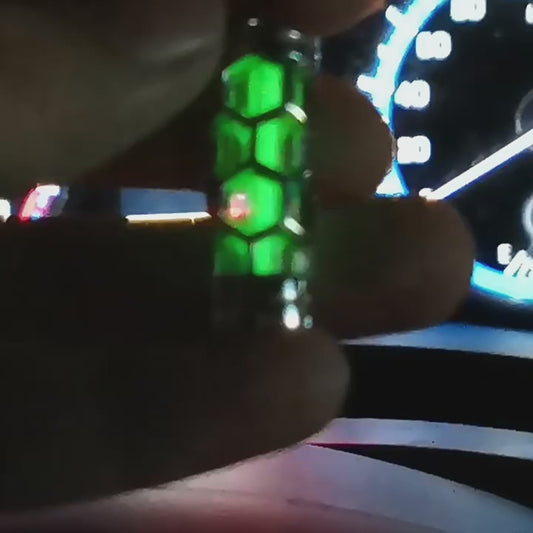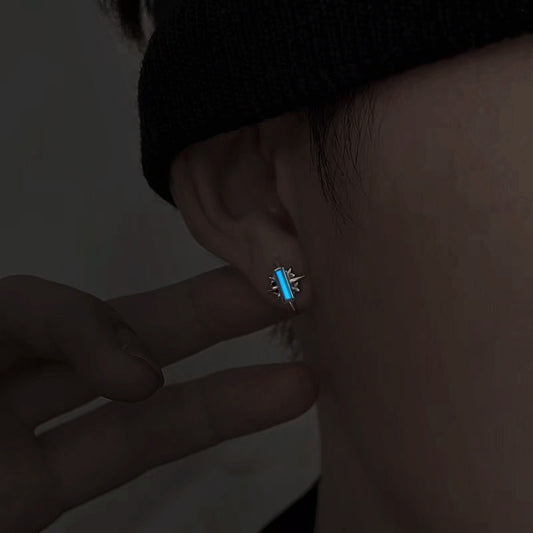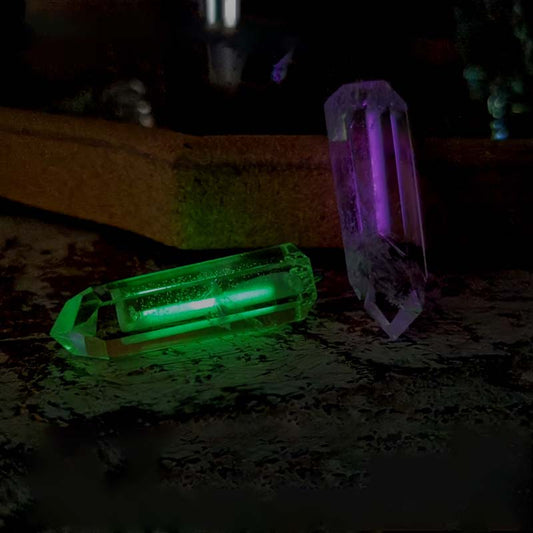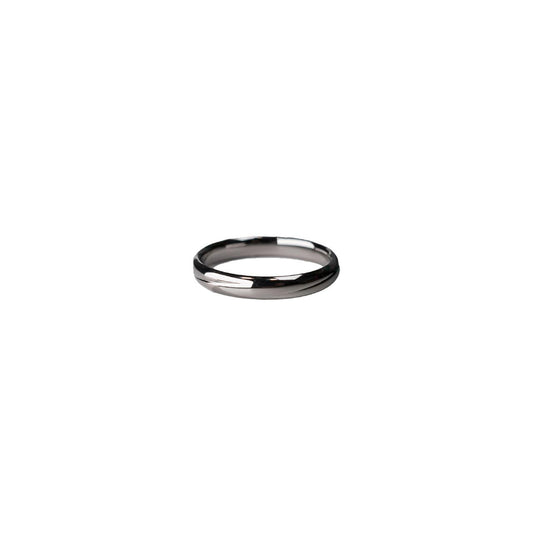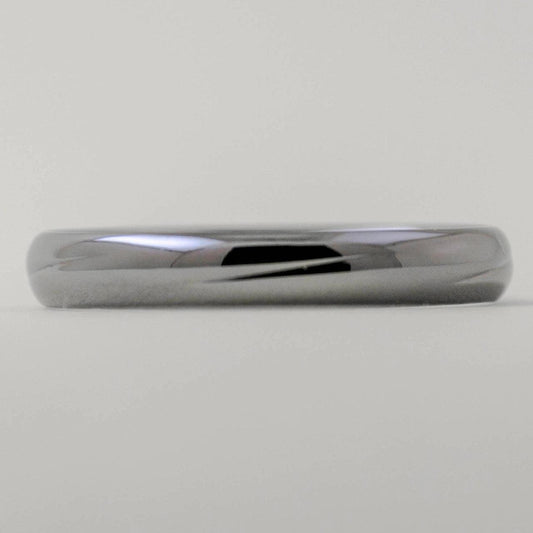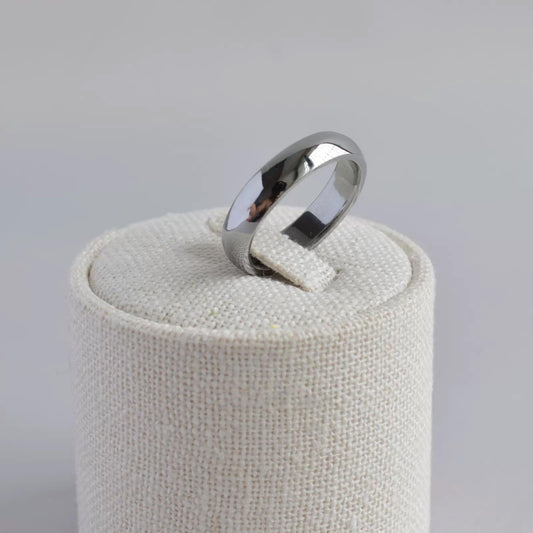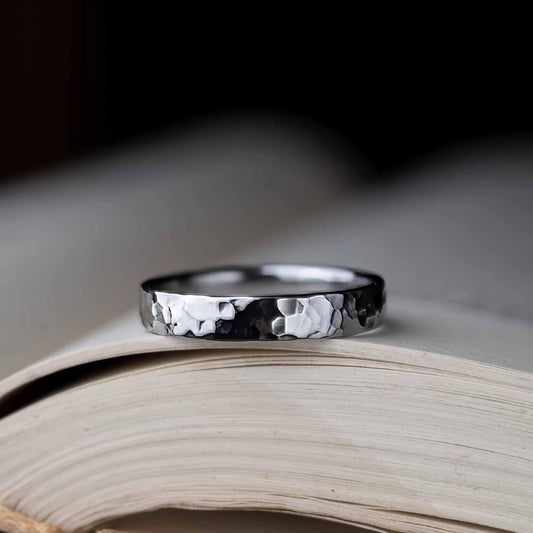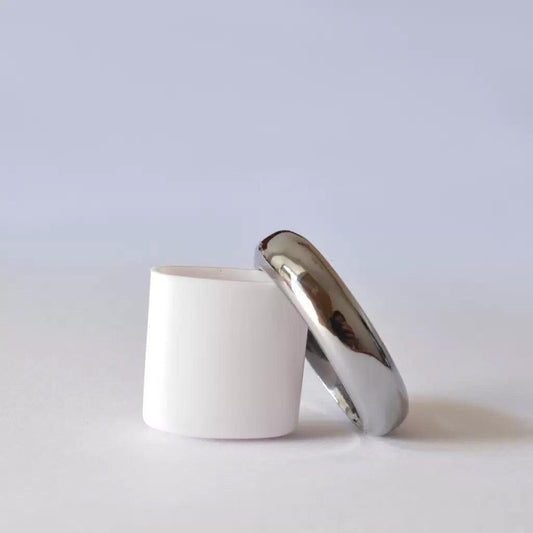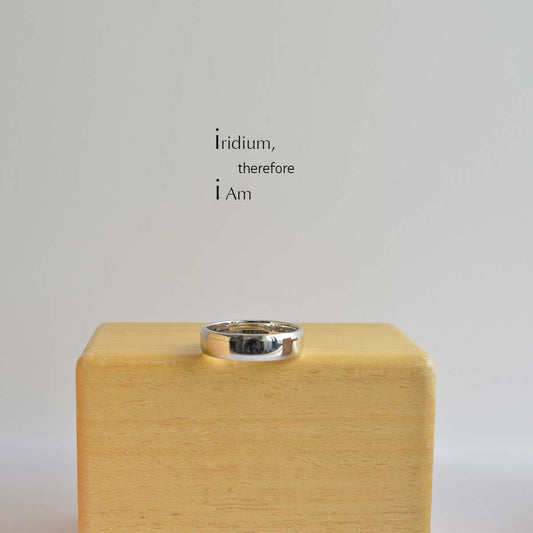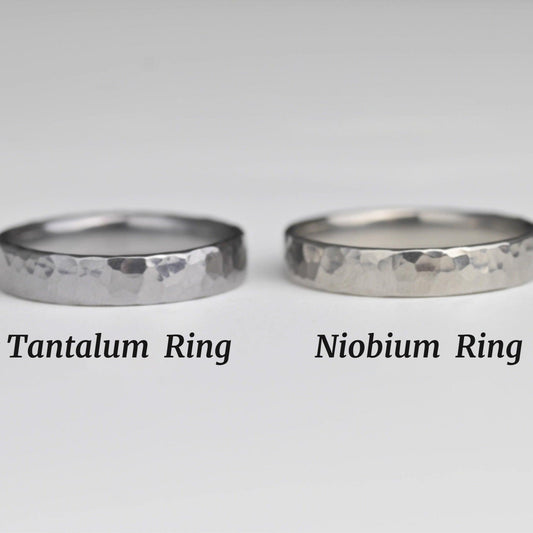The Pros and Cons of Man-Made Diamonds A Personal Glimpse
The Pros and Cons of Man-Made Diamonds A Personal Glimpse
I still remember the day when my sister called me, her voice bubbling with excitement, to share the news of her engagement. She sent me a picture of the ring, and I was captivated by the beauty of the diamond—sparkling, just as you’d expect. It wasn’t until later that she mentioned it was man-made. That got me thinking about these lab-created gems, which led me down a rabbit hole of exploration.
Man-made diamonds, often referred to as lab-grown or synthetic diamonds, are pretty much identical to natural diamonds in terms of optical and physical properties. This is because they’re crafted using advanced technologies, either through High Pressure-High Temperature (HPHT) or Chemical Vapor Deposition (CVD). Yet, despite their scientific marvel, they stir up varied opinions among people considering them for jewelry.
On the pro side, the environmental impact is something to genuinely consider. Traditional diamond mining is often linked to considerable ecological disruption. I’ve read stories about landscapes altered beyond recognition, not to mention the carbon footprint involved in extracting these stones from deep within the Earth. On the contrary, lab-grown diamonds require significantly less earth displacement and water use, and they’re free from the ethical concerns often associated with conflict diamonds. For someone who’s environmentally conscious like me, it feels like a weight off my chest knowing that a beautiful piece of jewelry doesn’t come at such a high moral cost.
Financially, these diamonds offer a distinct advantage too. Generally priced around 20-30% less than their natural counterparts, they allow for a larger, more striking piece without breaking the bank. I recall my sister mentioning how she could opt for a higher carat weight within her budget, leading to that eye-catching sparkle I saw in the photo she sent.
Yet, as with anything, there are a few cons that add complexity to the choice. The resale value of man-made diamonds tends to be lower. This might not matter to everyone; after all, not many folks buy diamonds with the intention of selling them. However, it does cross my mind that if you’re looking for an investment piece, the natural diamond market still holds a slight edge in value retention. Additionally, despite being chemically identical, there remain purists who value the history and story of natural diamonds, their formation over billions of years akin to owning a fragment of the Earth’s ancient past.
From a cultural perspective, I find it fascinating how perceptions are slowly shifting. While older generations might still cling to traditional mined diamonds, the younger ones, with their focus on sustainability and modernity, seem more open to synthetic alternatives. It’s a generational tale of tradition versus innovation, a reflection of broader societal changes.
Deciding between man-made and natural diamonds is deeply personal, and it involves balancing these aspects. For my sister, the choice was clear, not because one type was inherently better, but because the values aligned with her own. Every diamond, natural or lab-grown, carries its own narrative, a reflection of who chooses it and why. Whether the choice leans towards an eco-friendly sparkle or a naturally historic charm, it ultimately wraps back around to what feels right on a personal level. And isn't that what truly makes any piece of jewelry special?


